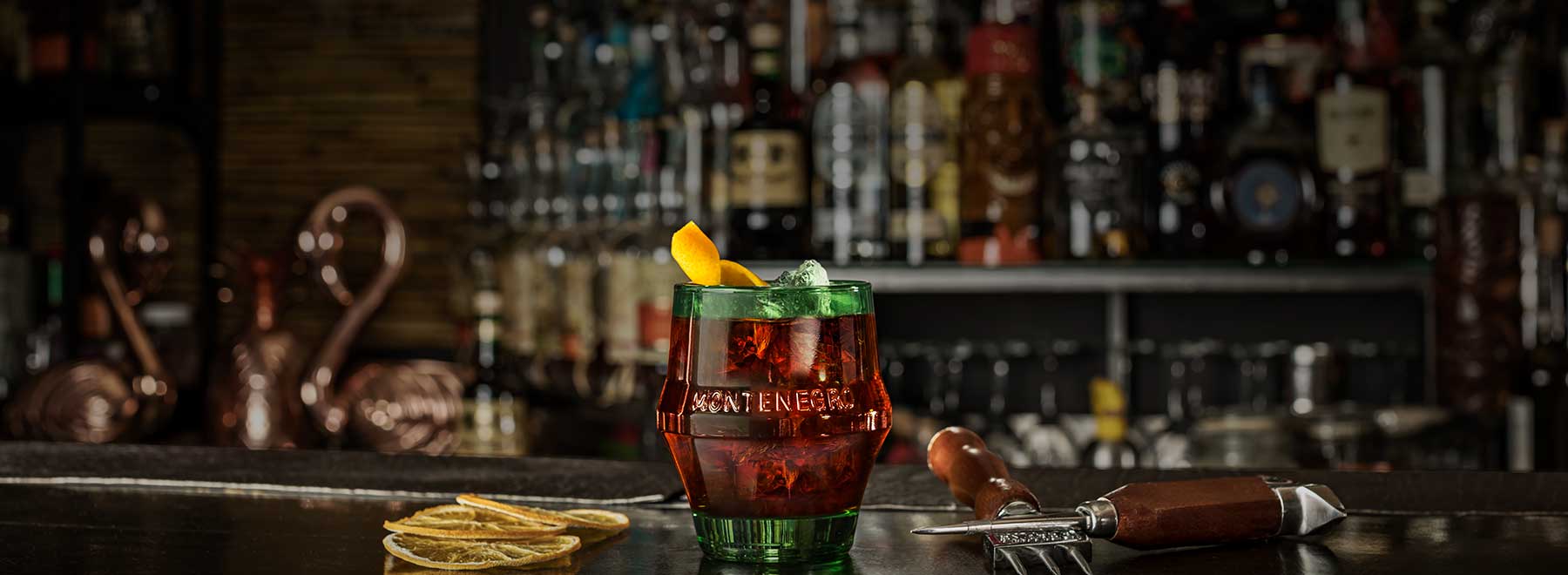
Amaro (Italian for “bitter”) is an Italian herbal liqueur that is commonly consumed as an after-dinner digestif. It usually has a bitter-sweet flavour, sometimes syrupy, and has an alcohol content between 16% and 40% ABV.
The history of this botanical spirit is thought to go back to Roman times. By the 19th century, many variations of ‘Amari’ were being produced across Italy, using herbs and botanicals particular to a local area.
Widely taken as a medicinal beverage, it evolved later to be consumed commonly as a digestif after dinner.
It is mostly consumed neat, sometimes with a citrus wedge, on ice or with tonic water.
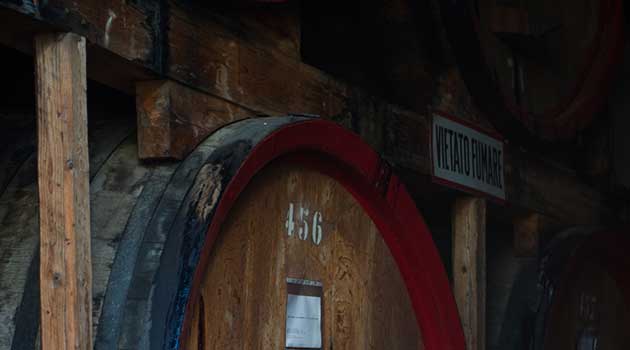
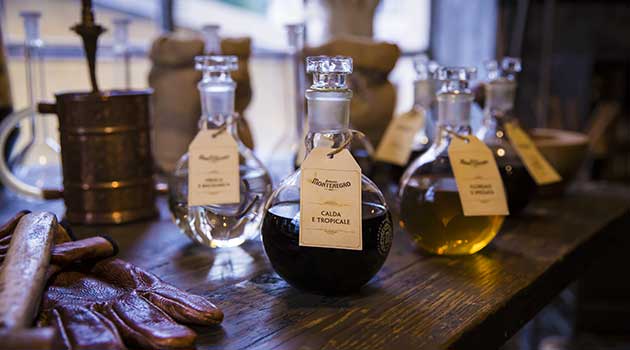
Amaro is typically produced by macerating herbs, roots, flowers, bark, and/or citrus peels in neutral spirits or wine alcohol.
Commercial bottlers trace their recipe or production to the 19th century. Recipes often originated in monasteries or pharmacies. Amaro is typically consumed neat, sometimes with a citrus wedge, on ice or with tonic water. Amaro is made by soaking herbs and botanicals in a hydro-alcoholic solution in order to macerate. Commonly, the base picked is a neutral spirit with an abv that is between 45% and 65% abv.
Most Amari are not aged, however, there is an exception, Amaro Nonino is aged for 5 years in oak barrels.
Common herbs and botanicals used are Gentian, Angelica, Wormwood, Liquorice, citrus peel, cardamom, thyme, juniper, anise, rhubarb, and cinchona.
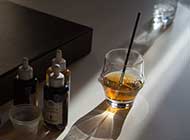
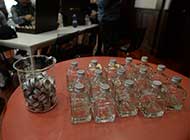
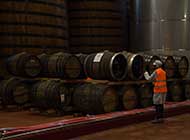
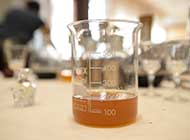
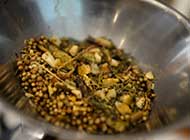
Light Amaro is generally lighter in colour with more citrus notes. Examples include Amaro Nonino, Amaro Florio, Amaro del Capo, Amaricano Bianca.
Medium Amaro has sharper bitterness than other amari. Examples include Fernet Hunter, Fernet-Branca, Fernet Stock, Luxardo Fernet, Amaro Santa Maria Al Monte.
Alpine Amaro gets its flavour from Alpine herbs. Sometimes these Amari also have a smokey taste. Examples include Amaro Alpino, Amaro Zara, Amaro Braulio.
Vermouth unlike other amaros, is usually made from grain-based alcohol, vermouth amaro is wine-based. It is sweeter with more citrus notes. It closely resembles the aperitif vermouth. Examples are Amero, Amaro Don Bairo, Amaro Diesus del Frate.
Rabarbaro is made with Chinese rhubarb. The oldest and most popular brand is Zucca, based in Milan
Whilst many similar liqueurs are traditionally been produced throughout Europe, the term amaro is applied only to Italian products of this kind.

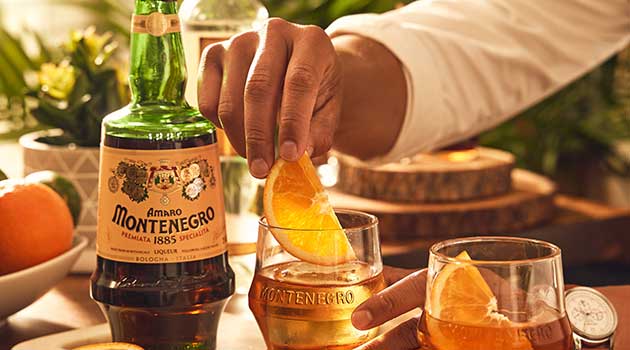

Created in 1885, Amaro Montenegro is a blend of 40 hand-selected botanicals inspired by the travels of herbalist Stanislao Cobianchi who fled his native Bologna to avoid becoming a priest. Named as a tribute to the second Queen of Italy, Elena of Montenegro, Amaro Montenegro’s unchanged, unmistakable, and unique flavour has developed a prestigious reputation around the world.
Learn more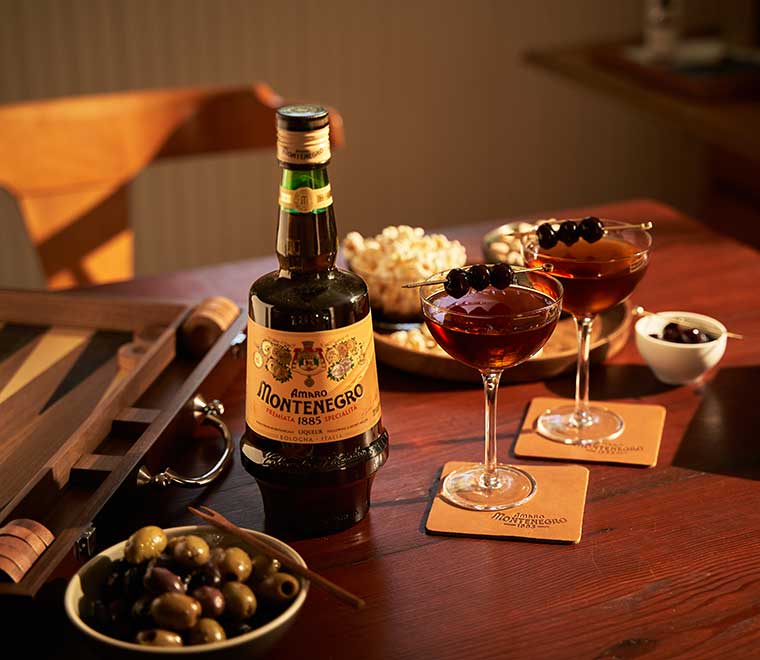

Zucca is a bittersweet Italian aperitif, made from the root of the true Chinese Rhubarb, grown only in the mountainous regions of Kansu province, and a selection of herbs including bitter orange peel and cardamon.
The origins of Zucca Rabarbaro date to 1845, when a homeopathic doctor blended the ingredients for the wife of Ettore Zucca. The special infusion of rhubarb medicinal herbs was to aid her poor digestion.
Now the original recipe has been reprised, and Zucca Rabarbaro re-launched with a revitalized flavour and more potent kick at 30% ABV.
The resurrected formula has a sweet, medicinal aroma and is brightly bitter up front. Thick molasses flavours melt into a lightly smoky sweetness and a pleasingly spiced finish.
Learn more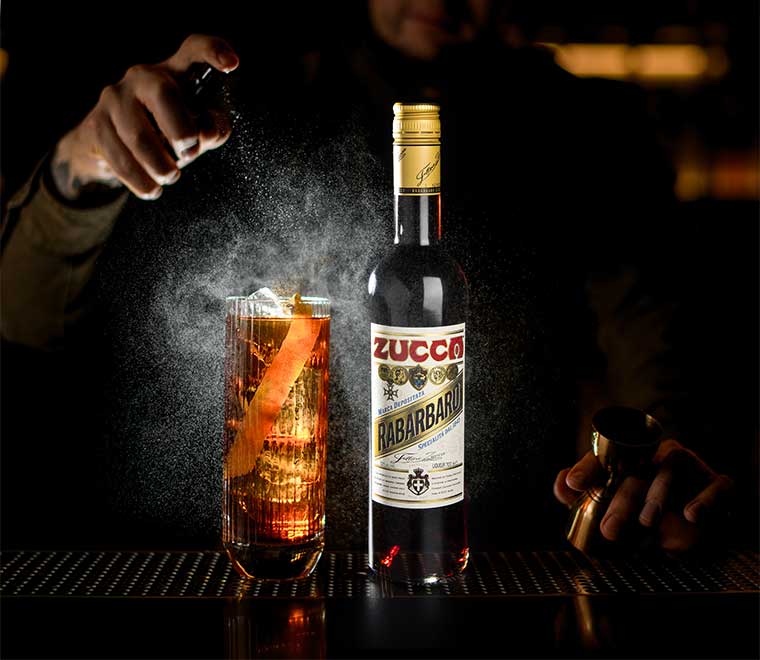


It’s an exciting time for Spirits Platform. We only email you when we’ve got something exciting to share.
Sign up nowYou must be of legal drinking age to enter this website. This website uses cookies.
By entering our website, you agree to our Terms and Conditions and Privacy Policy.
You must be of legal drinking age to enter this website.